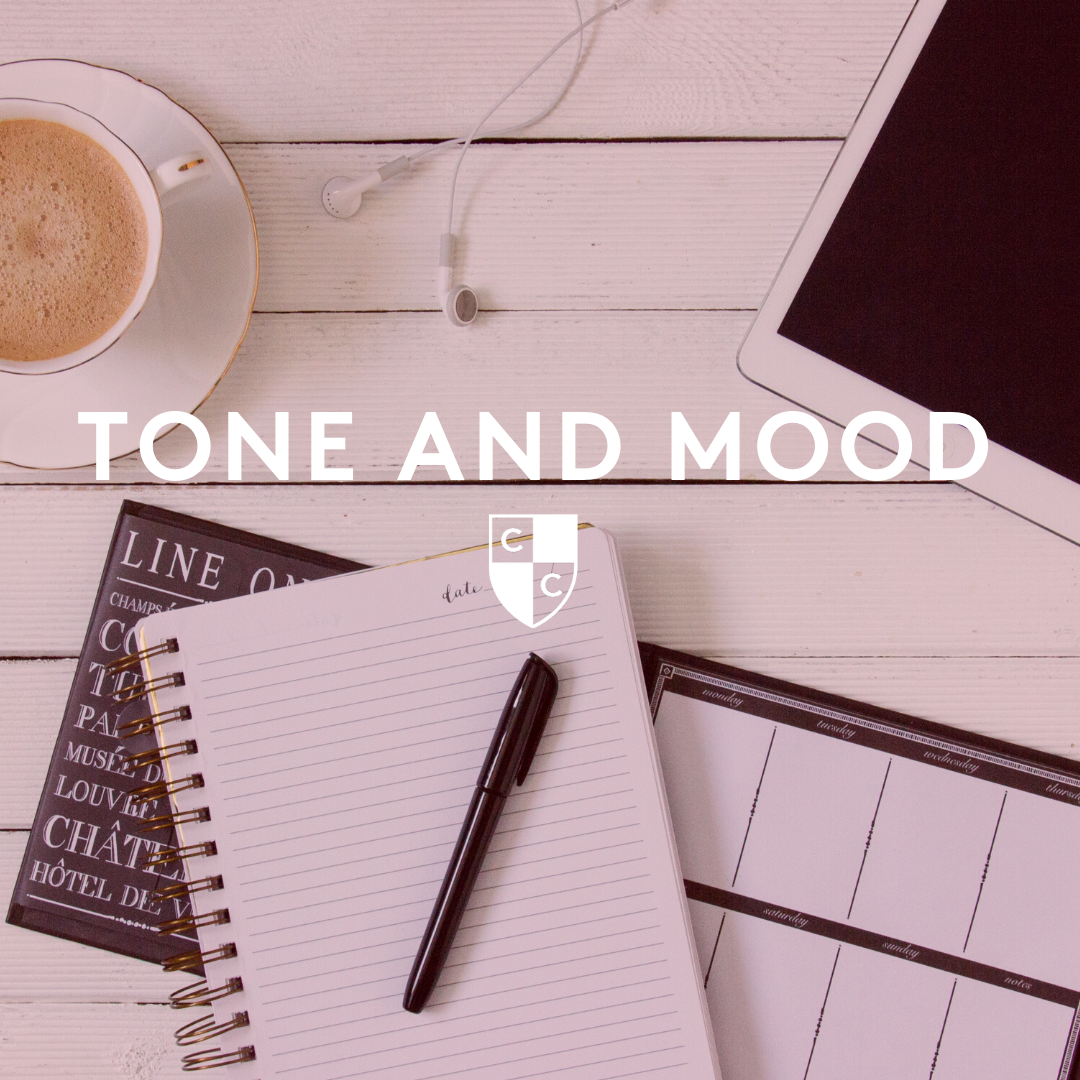 When attempting an analysis of a text for English literature classes, such as the IBDP course, some of the advanced features that students have to understand concern tone and mood. It is customary to associate tone with dialogue and speech, and mood with the setting of novels. However, tone and mood are not just features of fiction and can also be found in non-fictional texts such as media texts, popular scientific articles and so on. They are inherent attributes of language.
When attempting an analysis of a text for English literature classes, such as the IBDP course, some of the advanced features that students have to understand concern tone and mood. It is customary to associate tone with dialogue and speech, and mood with the setting of novels. However, tone and mood are not just features of fiction and can also be found in non-fictional texts such as media texts, popular scientific articles and so on. They are inherent attributes of language.
Look at the following two sentences, both of which describe the same fact
A: Fossilized amber unravels ancient secrets of our planet: ninety-nine-million-year-old ants that lived when dinosaurs still walked on earth.
B: Incredibly, fossilized amber tells us that the common ant may be as old as (and way more resilient than) extinct dinosaurs.
You will notice immediately that neither example seeks to simply inform the reader about historical facts pertaining to ants. This is because of the word choice: Example A uses a metaphor “secrets”, while Example B starts with an adverb that indicates the writer’s reaction to the fact. While Example A has a denser syntax (notice the noun phrase “99 million year old ants”), Example B compares ants and dinosaurs through simple words that we can quickly understand. Both use personifications (“unravels” and “tells”) and while personifications have different effects in different contexts, here they serve to engage the reader.
Tone
So now that we have done some analysis, let us try and identify the tone. In Example A, the metaphor and personification indicate a tone of wonder. In case that does not make sense, ask yourself, how often do we react with wonder when told of a secret? Pretty often. In Example B, the fronted adverbial “incredibly” indicates a tone of surprise.
Mood
The effect a writer’s tone has on the reader is the mood. Or the writer’s response to an event is tone and the reader’s response is mood. It is as simple as that. So in Example A, the writer’s tone of wonder would make the reader intrigued. So the mood created is one of fascination. In Example B, the writer’s sense of surprise would be shared by the reader and the mood would be one of astonishment.
Tone and mood in the context of other textual features
Let us dig deeper. The noun phrase “Ninety-nine-million-year-old ant” in Example A has the effect of increasing the tone of wonder that the words “unravels” and “secret” create. Example B has another tonal feature in the parenthetical remark “way more resilient.” “Way more” is almost conversational in its feel, which increases the tone of surprise and disbelief. Example B is more expressive of the writer’s response to the same fact and does not rely so much on a description of the fact as on the writer’s response to it. Similarly, Example A foregrounds the passage of time (“ancient”, “Ninety-nine-million-year-old”) and thus fills us with wonder at the significance of the finding, while Example B with its simple syntax and conversational style emphasizes the writer’s reaction to that finding. The juxtaposition (common ant and extinct dinosaur) also increases the mood of astonishment.
Tone and mood are therefore interconnected: not only what the text says in content but the way the text is phrased create the desired effect on the reader.
Comments